5 Must-See Siem Reap Traditional Villages: Experience Real Cambodian Rural Life
Exploring the countryside in Siem Reap is a journey into rural Cambodia’s heart. It’s more than the famous Angkor temples that draw 2 million visitors a year. Here, you find traditional villages showing Khmer culture’s deep roots. Siem Reap’s 5 key villages reveal real Cambodian rural life. This includes lush rice fields and the iconic Tonle Sap Lake, where about 1.2 million people live.
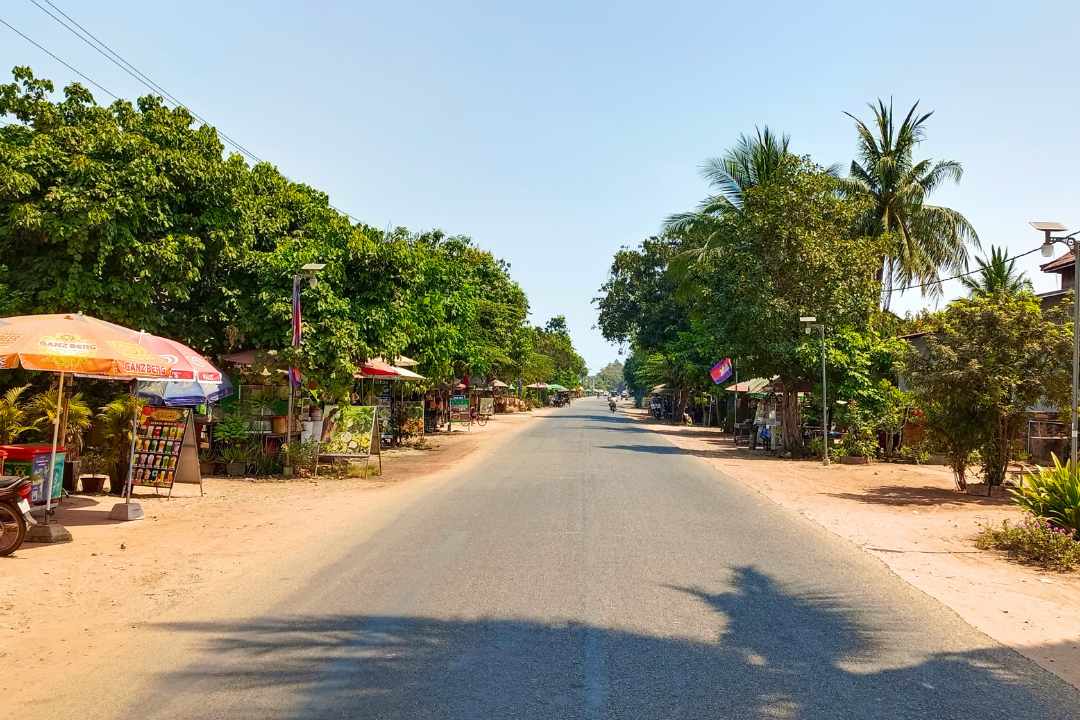
Locals welcome you with open arms in these villages. They’re happy to show you their old ways and handmade crafts. Each village has its own cultural gems. For example, learn about silk weaving and see how palm sugar is made. Visit Kompong Phluk and Chong Khneas, about 16 and 10 kilometers away from Siem Reap. They show the unique life on Tonle Sap Lake, including homes on stilts and traditional fishing.
The local markets are full of life, where you can find fresh food and crafts. The smell of Cambodian meals fills the air. By choosing sustainable travel, you can help local crafters and boost the villages’ economies.
Each step deepens your connection with the villages’ rich culture. See the Apsara dance and visit peaceful temples. These traditional villages let you step into Cambodia’s ancient past. You feel the villagers’ strength and kindness. And you understand how vital it is to protect their way of life.
Key Takeaways:
- Explore the authentic charm of rural Cambodia beyond the temples of Angkor
- Visit 5 must-see traditional villages in Siem Reap for a unique cultural experience
- Discover ancient crafts like silk weaving, pottery making, and palm sugar production
- Experience the unique way of life in floating villages on the Tonle Sap Lake
- Support local communities through sustainable tourism practices
- Immerse yourself in the rich cultural heritage and traditions of Khmer village life
- Gain a deeper appreciation for the resilience and hospitality of rural Cambodians
Unveiling the Authentic Charm of Siem Reap’s Countryside
I ventured outside Siem Reap’s busy city and into a world of culture and real Khmer life. The journey showed me an amazing side of Cambodia not many see. With safe drives, I joined a tour that was both comfy and exciting.
At a local market, I picked fresh food with a chef. We got stuff for dishes like fish amok and green mango salad. The market’s colors and smells showed how rich the farming here is.
In a wooden ox cart, I saw huge rice fields and felt a time long gone. The slow-moving oxen gave a taste of Cambodia’s old way of living. This ride let me see the beauty and ageless charm of the countryside.
Seeing a family weave rattan on Vespas was a top moment. Their craft was beautiful and old, showing the value of keeping traditions alive. The weavers’ talent was really amazing to watch.
Our guide shared a lot about Cambodia’s past and present. His love for the stories made the countryside come to life for us. Talking to the locals gave us a close look at their lives and culture.
At the tour’s end, we had a Khmer lunch on a private farm. The food was made with the fresh stuff we picked. It showed the strong food traditions in the area.
The countryside tour was a special trip for me. From the bustling markets to the quiet fields, I saw and learned so much. I left with a deeper love for keeping culture alive and helping these amazing places.
Preah Dak Village: A Window into Traditional Khmer Craftsmanship
I walk into Preah Dak village and feel its peace. The place is filled with old traditions and culture. Here, you can see the beautiful work and ways of the Khmer people.
Silk Weaving: An Ancient Art Preserved
Preah Dak has a special art, silk weaving. I hear the looms working as I walk by. Local people are very skilled at this craft. Their work shows the beauty and skill of Khmer art. The scarves and fabrics are colorful and detailed thanks to their hard work and knowledge.
Witnessing the Process of Rice Paper Production
Seeing rice paper made is amazing. Villagers work carefully to make it. They cook the batter on hot plates to make thin sheets. These sheets are used for many dishes. Watching this process helps me understand and love Cambodian food even more.
Experiencing the Warmth of Khmer Hospitality
The people in Preah Dak are so welcoming. They invite me into their homes and share their lives. I learn a lot about their culture and face to face their challenges. This real connection is the best part of my trip. It shows me how sharing and learning from each other is important.
Preah Dak Village is important for keeping old crafts alive and for sustainable tourism. Supporting the local craftsmen and taking part in eco-friendly visits helps this community grow. Saying goodbye to this special place, I take with me a new love for Khmer culture and the need to protect it.
Kompong Phluk and Bakong Village: Floating Communities on Tonle Sap Lake
I visited Kompong Phluk and Bakong Village on Tonle Sap Lake in Siem Reap’s countryside. The villages showed a special way of life. The Khmer people live on the water, adapting to changes.
Exploring the Unique Stilt Houses of Kompong Phluk
Kompong Phluk is famous for its houses on stilts. These stilt houses protect from high lake water during floods. Villagers built them to stay dry.
Seeing Kompong Phluk is amazing. Tours last 5-6 hours and are from September to March. The price changes based on how many people go. Starting from $105 for one person. Down to $30 each for six. People love the guide, Bong Sim, and say he makes the experience great.
Observing the Fascinating Fishing Techniques of Local Villagers
Fishing is big here in the wet season. Villagers catch fish to eat and sell. They use special boats and fishing methods. They know a lot about the lake.
I saw how the villagers live every day. Kids go to school by boat. They sell fish at floating markets. They keep their food safe from water and animals, showing how well they adapt.
My visit to the villages taught me a lot. It showed a different way of life. The tours focus on culture, making it special. I recommend it to anyone wanting to see Cambodia’s rural life.
Chong Kneas Floating Village: Life on the Mekong River
I start my journey to Chong Kneas floating village. It’s on the Mekong River and has a unique way of life. Over 1,000 families live here. This community shows how the Khmer people adapt to the river’s changes.
The village is a maze of bright homes, shops, and schools on stilts. I see people fishing, the main job here. Most families have a boat. People from Khmer, Cham, and Vietnamese backgrounds work together. They sell fish, grow floating gardens, and help tourists.
Meeting the villagers, I learn about their lives and challenges. They talk about climate change and fishing wisely. Yet, they stay strong. Their homes on the water show how well they adapt.
The floating market is a lively place. I see people trade fresh food and crafts. It connects Khmer people to the Mekong River. I feel the rich culture and farming customs they keep alive.
Chong Kneas is a place for learning local culture and helping the environment. By visiting and supporting this village, we help its people and culture. I’m sad to leave, but I’m impressed by the Khmer’s strong spirit and their beautiful river life.
Kampong Khleang: The Largest Floating Village in Siem Reap
Walking into Kampong Khleang, the biggest floating village in Siem Reap, I feel its lively vibe. It’s home to more than 10,000 folks who fish and farm for a living. This place shows a different life on the Tonle Sap Lake, far from Siem Reap. It’s 51 kilometers away but a trip here lets you dive into their culture.
Immersing in the Vibrant Atmosphere of the Floating Market
The floating market at Kampong Khleang is full of action. Here, locals trade all kinds of goods on the water. Riding in a boat, I see how everyone buys and sells with energy. It shows how smart and flexible these villagers are, running a strong economy on the lake.
Discovering the Unique Ecosystem of the Tonle Sap Lake
Kampong Khleang gives a peek into a special balance between people and nature on the Tonle Sap Lake. This place is lucky to have a rich mix of plants and animals. The locals also use safe ways to keep this place going well for all. I find out how important the lake is for everyone and why we need to save it for the future.
The village also has some cool things like floating schools and even a basketball court. With about 6,000 people living here, it feels real and not too touristy. This makes it different from other floating spots near Siem Reap that see a lot of visitors.
Doing responsible tourism here means my money helps the local folks. The cash helps keep important places like schools running. Kampong Khleang is full of Khmer ways, like old buildings and traditional jobs. It’s a place in Cambodia I think everyone should see for themselves.
Mechrey Floating Village: A Hidden Gem in Siem Reap’s Countryside
I find a hidden gem in Siem Reap’s countryside, Mechrey Floating Village. It’s 25 km southwest of Siem Reap, known for its authentic Khmer culture. This place lets you join in on the local life, seeing traditional architecture, farming, and fishing.
Embarking on a Scenic Boat Ride through the Village
Stepping into a boat, I see the beautiful surroundings. This ride shows me stilt houses, green plants, and calm waters of Tonle Sap Lake. Life on the water feels slow and peaceful.
The village is well visited, known for its unique countryside setting. I watch locals fish and farm as I float by. The village’s community spirit is clear.
Interacting with Friendly Locals and Learning about Their Daily Lives
Meeting the locals is special. They welcome me warmly and share their life stories. I learn about their daily joys and challenges.
Interacting with locals teaches me a lot. I see how they celebrate and work together. I learn about their crafts and strong spirit.
This village supports its people and the earth. It helps the local economy and protects the Khmer culture.
Leaving Mechrey Floating Village, I feel grateful. This place has touched me, reminding me the beauty of simple life and true connections with people.
Siem Reap Traditional Villages: A Treasure Trove of Khmer Culture
As I dive into Siem Reap’s traditional villages, I’m amazed by Khmer culture. The villages are like living museums, showing ancient ways passed on. They give a peek into Cambodia’s deep history, over 2,000 years, with many influences.
Every village has special skills and tales, from silk weaving to making palm sugar. I see beautiful crafts being made, like pottery and wood carving. I’m in awe of the craftsmen’s skill and love for their work.
I take part in local events, like Khmer New Year and Pchum Ben. This helps me understand the spirit and meaning behind them. The villages’ buildings, like wooden houses and grand pagodas, tell stories too. I love looking at the details and design in everything.
The traditional villages in Siem Reap show the strong and beautiful side of Khmer culture. They are also great examples of how tourism can be done well, helping both nature and local people. By joining eco-friendly things and buying from locals, I feel helpful. I know my visit supports keeping these old ways alive and helps villages grow.
Siem Reap has over 150 temples in the Angkor area, with Angkor Wat being the most famous. This place, built in the 12th century, is a UNESCO World Heritage Site. Here, you can see stunning temples made by the Khmer Empire between the 9th and 15th centuries, showing their amazing culture and skill.
Discovering Siem Reap’s villages fills me with love for their culture. These places are like hidden gems of Khmer life. Visiting them gives a true and lasting memory that stays in my heart forever.
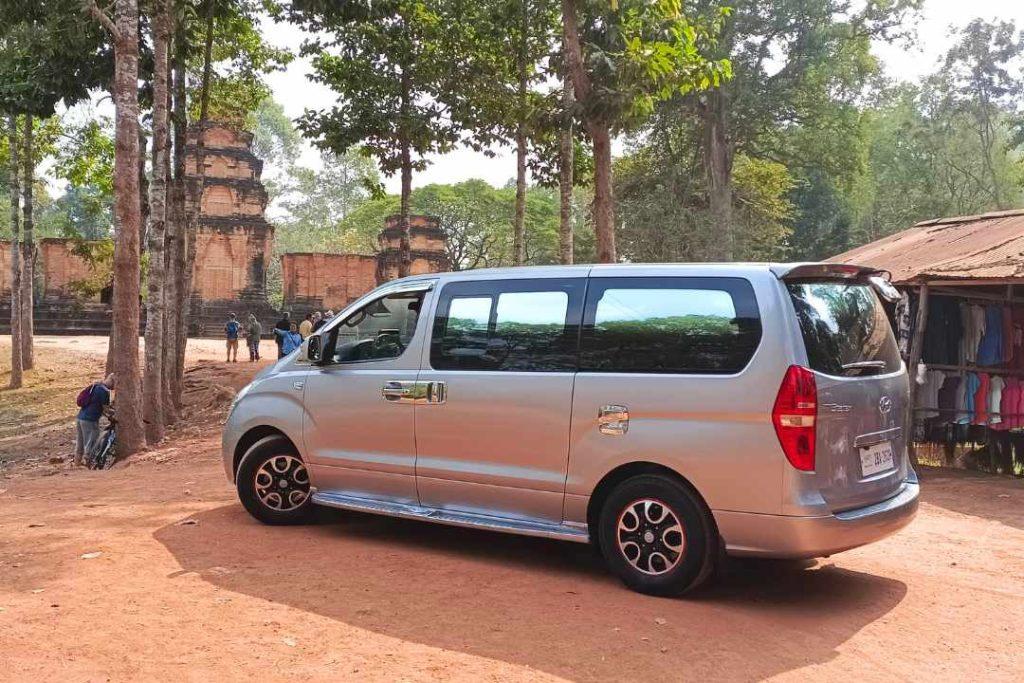
Responsible Tourism: Supporting Local Communities and Preserving Traditions
When I visit Siem Reap’s villages, I help local people and keep their traditions alive. A survey found that 74% of visitors like me want to help communities and save traditions. I choose activities that are good for the Earth. This way, I help the communities for a long time.
I pick tours that use less plastic. For example, not using new plastic bottles has cut waste by 50%. Siem Reap has stopped using plastic bags to help the Earth too.
Engaging in Eco-Friendly Activities and Supporting Sustainable Practices
I stay in places that care for the planet. Places like eco-lodges use the sun and recycle water. This helps the Earth a lot. Hotels here try to use less energy and cut trash. They use the sun and reduce plastic waste.
I love riding bicycles around Siem Reap. It’s cheap and good for the Earth. Renting one costs from $1-2 a day. Also, guided tours help me know how to save the environment.
Contributing to the Economic Empowerment of Rural Villages
I join tours that give money directly to villages. I do things like stay with locals, learn to cook, and make crafts. A study found that 80% of visitors support these local activities.
I buy things locals make to help them. Things like silk scarves and pottery. Most of the money tourists spend helps the people who drive tuk-tuks. I also talk to the people to learn about their lives.
Helping in local ways in Siem Reap is good for me and the locals. Many visitors who help NGO’s feel really good. They believe they make a big difference. I enjoy helping and learning about local life in Siem Reap.
I saw many traditional villages in Siem Reap. I met lots of nice people too. Each village was different and special. I saw how they make silk in Preah Dak Village. I also visited floating villages on Tonle Sap Lake. These villages are very colorful and show the people’s hard work.
I helped by buying things from the locals. I also did things to keep the environment safe. This made my trip better. It also helped the people who live there. The Angkor Wat is a big part of this place.” It took a long time to build this temple. It’s very big too.
As I leave Siem Reap, I feel very happy. I learned a lot here about people and their culture. I will keep helping local places and being careful when I travel. Siem Reap is a special place with good food. I will never forget my time here and what I learned.
Related and Useful Links Box
- https://mysiemreaptours.com/iconic-kampong-phluk-life-on-the-lake/ – Discover the Fascinating Floating Villages of Kampong Phluk on this Must-Do Tour
- https://turuhi.com/story/the-intriguing-floating-villages-of-cambodia – The Intriguing Floating Villages of Cambodia
- https://www.indochinatour.com/floating-villages-cambodia.html – Life on the Water: 5 Facts about the Floating Villages in Cambodia
- https://www.siemreapshuttle.com/eco-friendly-travel-in-siem-reap-and-angkor-wat/ – Eco-Friendly Travel: Reducing Waste & Supporting Local Communities in Siem Reap & Angkor Wat
Featured
Explore more on My Siem Reap Tours
Koh Ker and Beng Mealea guided tour | Banteay Srei temple tour semi-private guided tour | Angkor Wat Sunrise shared tour | Koh Ker and Beng Mealea guided tour | Morning Siem Reap floating village tour | Afternoon Siem Reap floating village tour | Private Angkor Wat special tour | Kulen Waterfall small group guided Tour | Private Angkor Wat mix temples photo tour
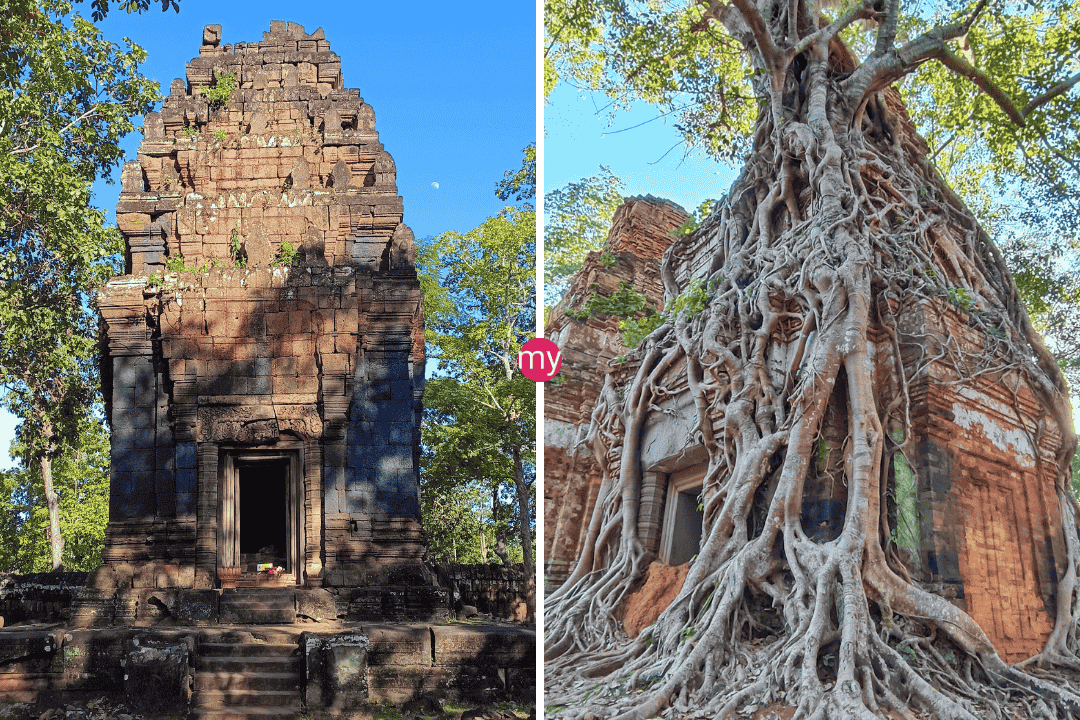
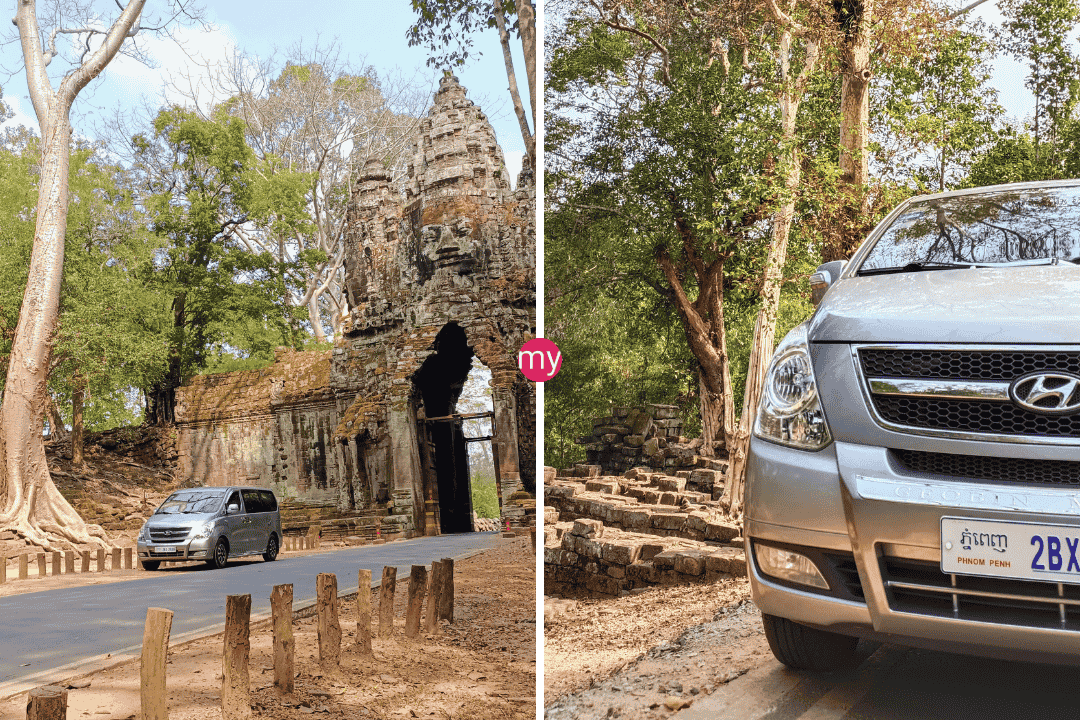
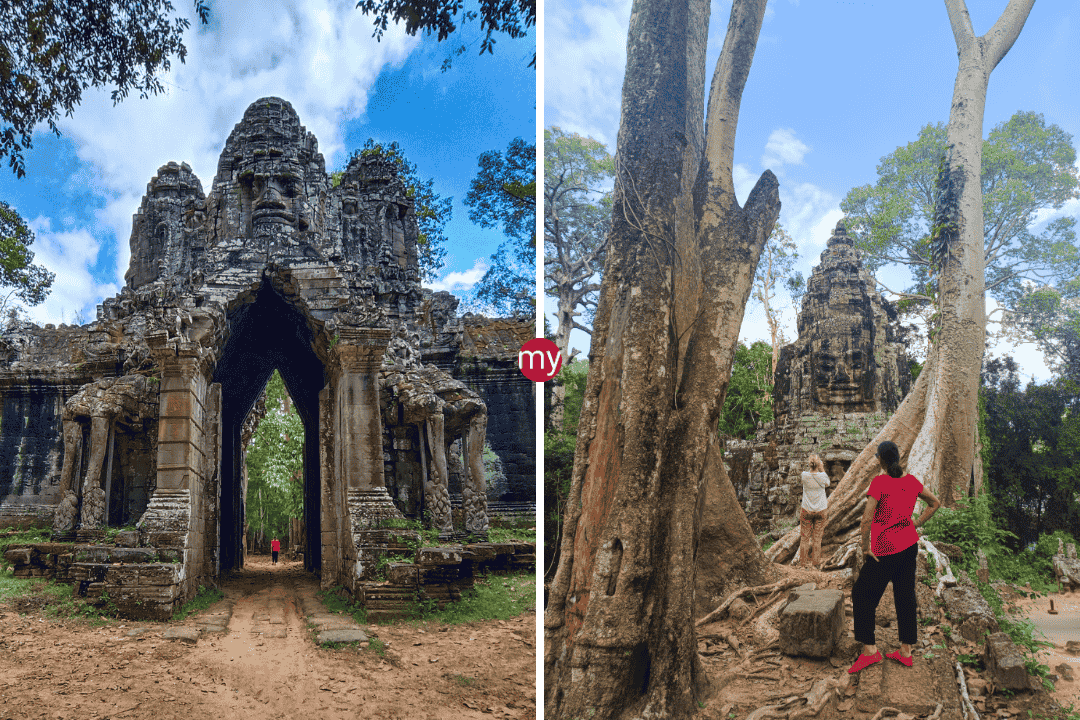
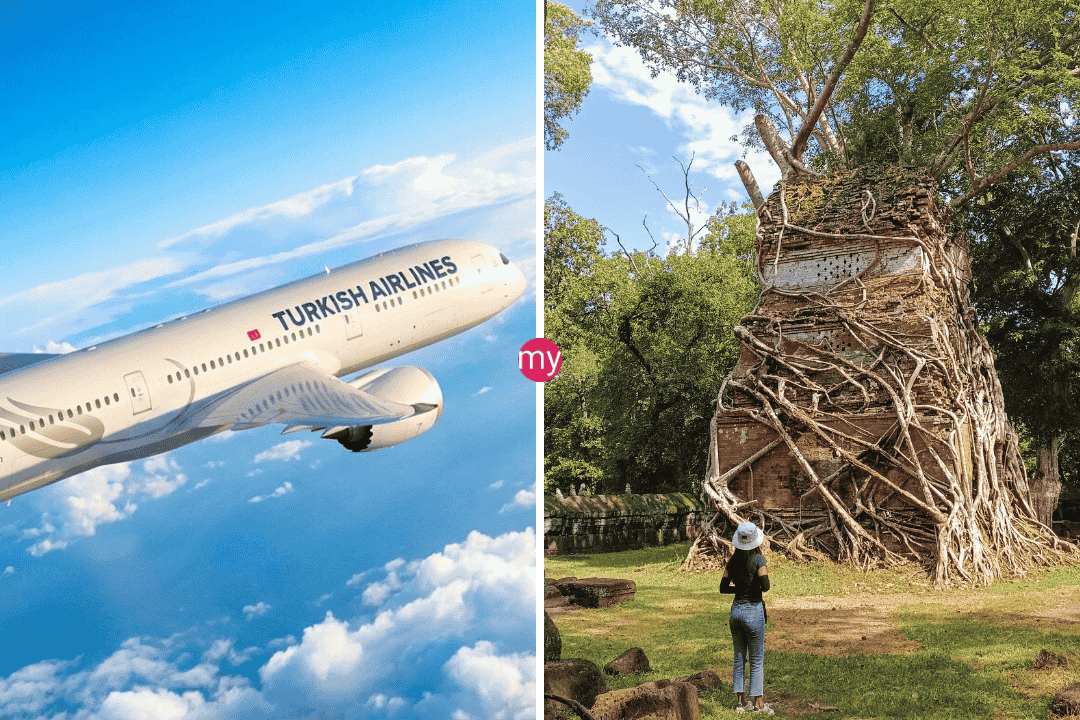
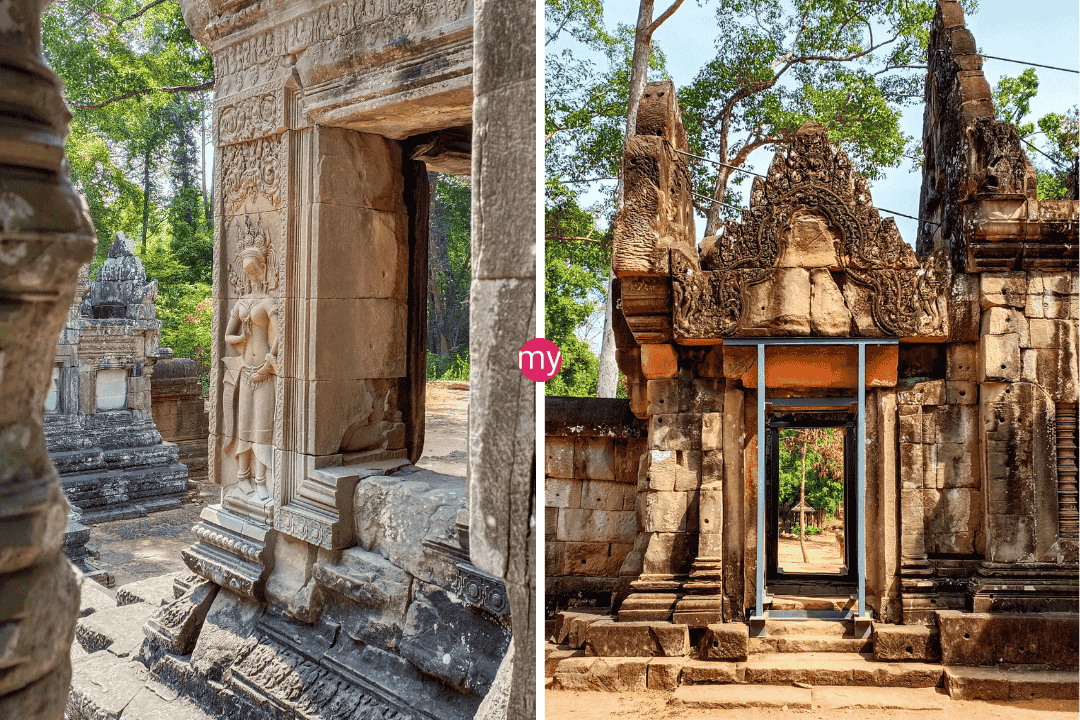
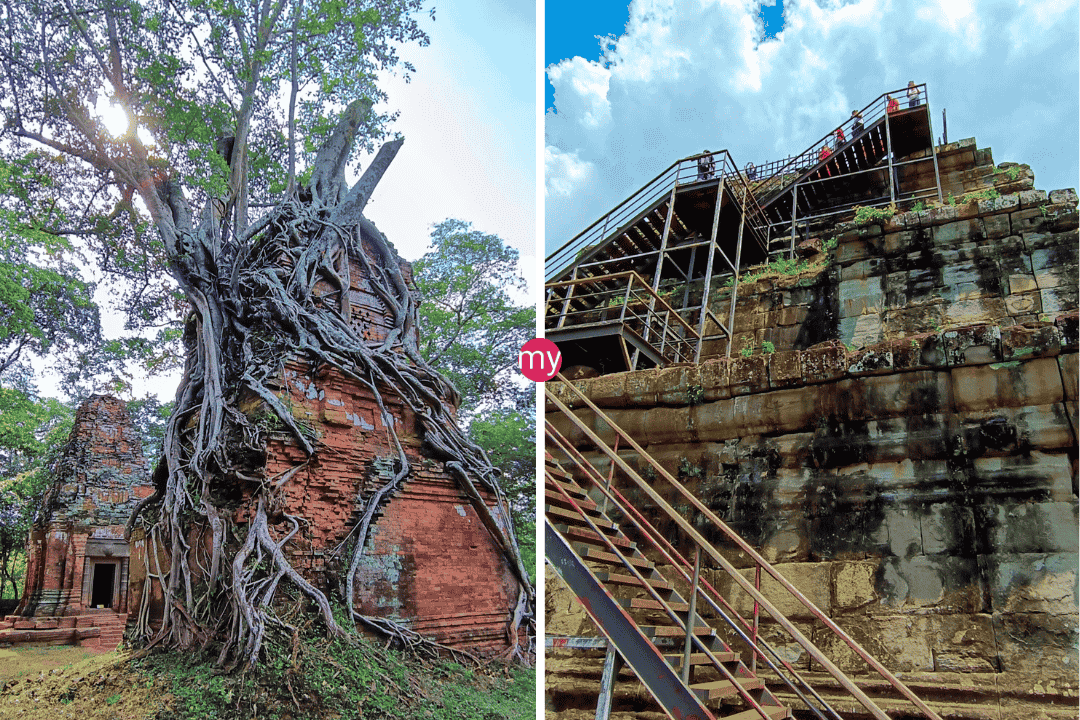
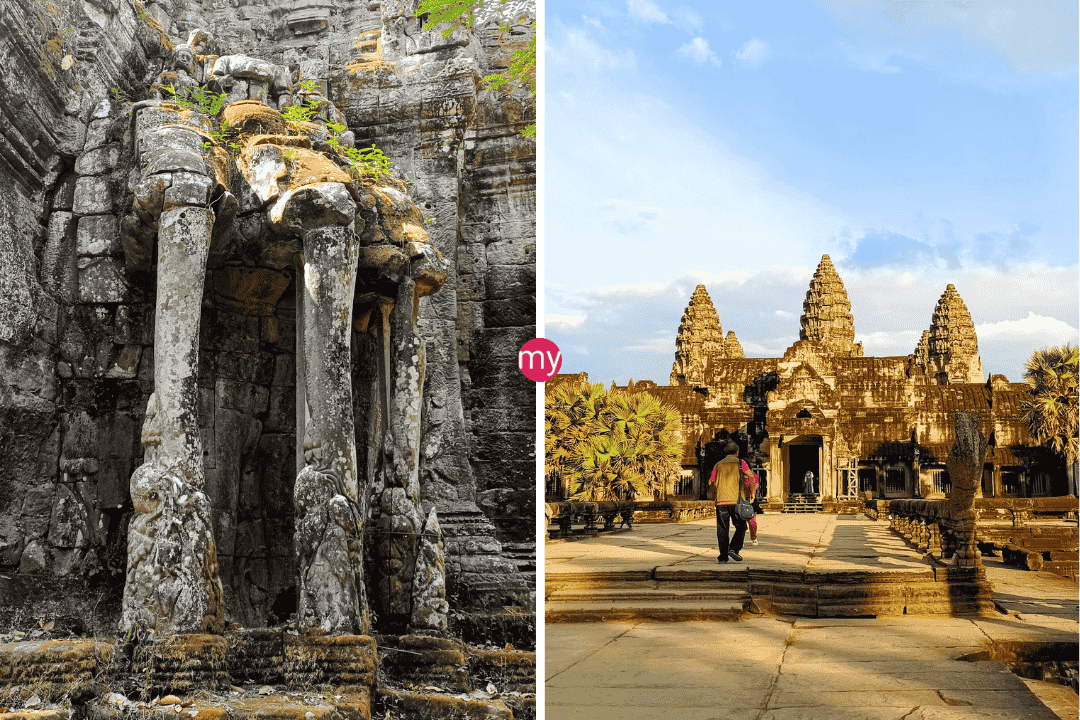
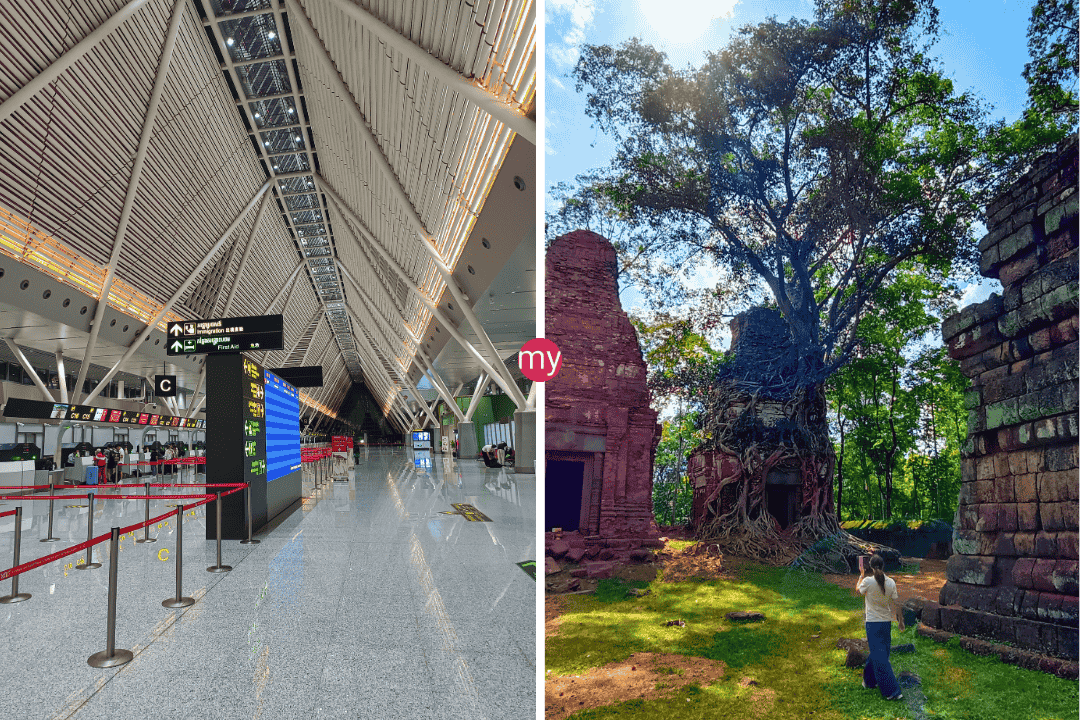
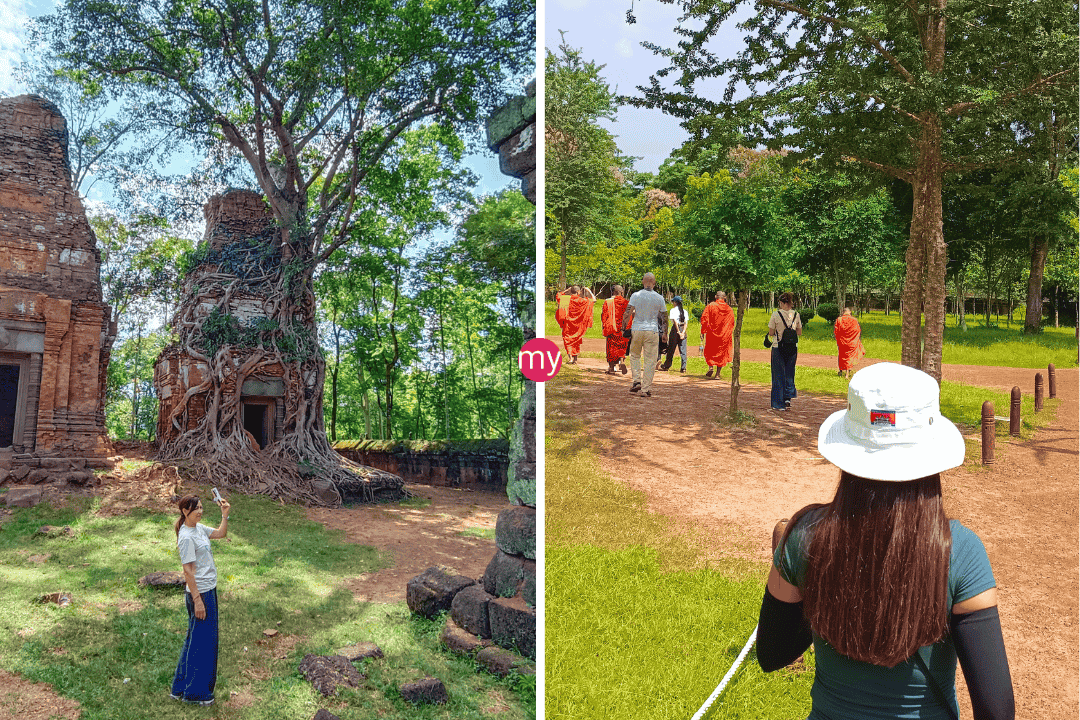
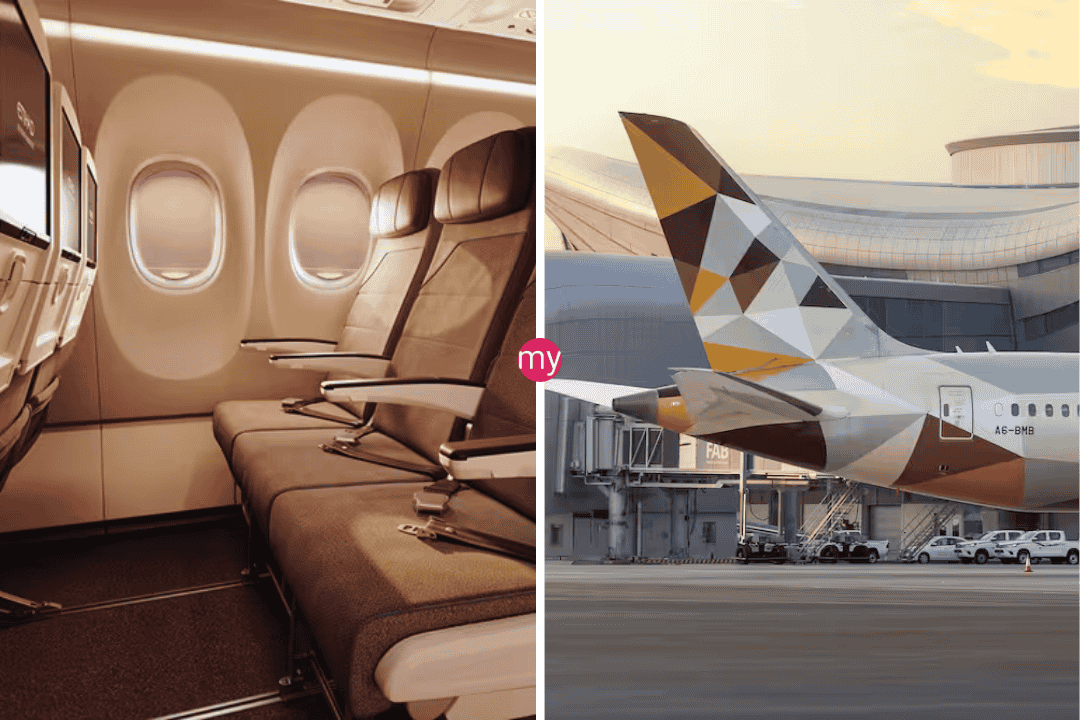

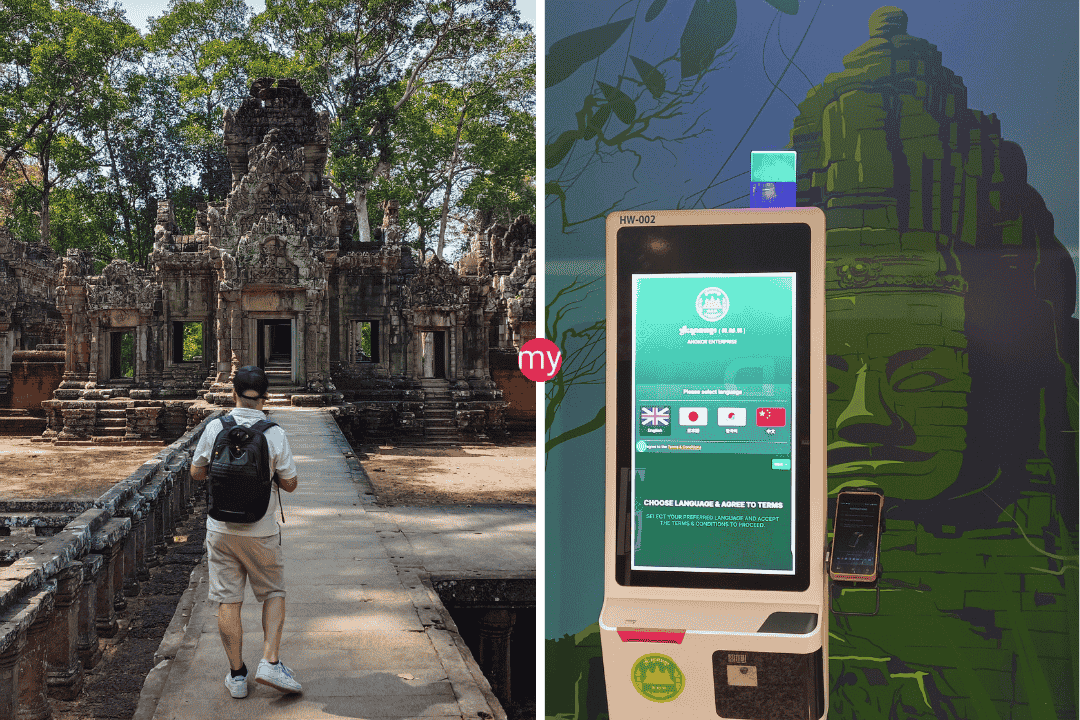
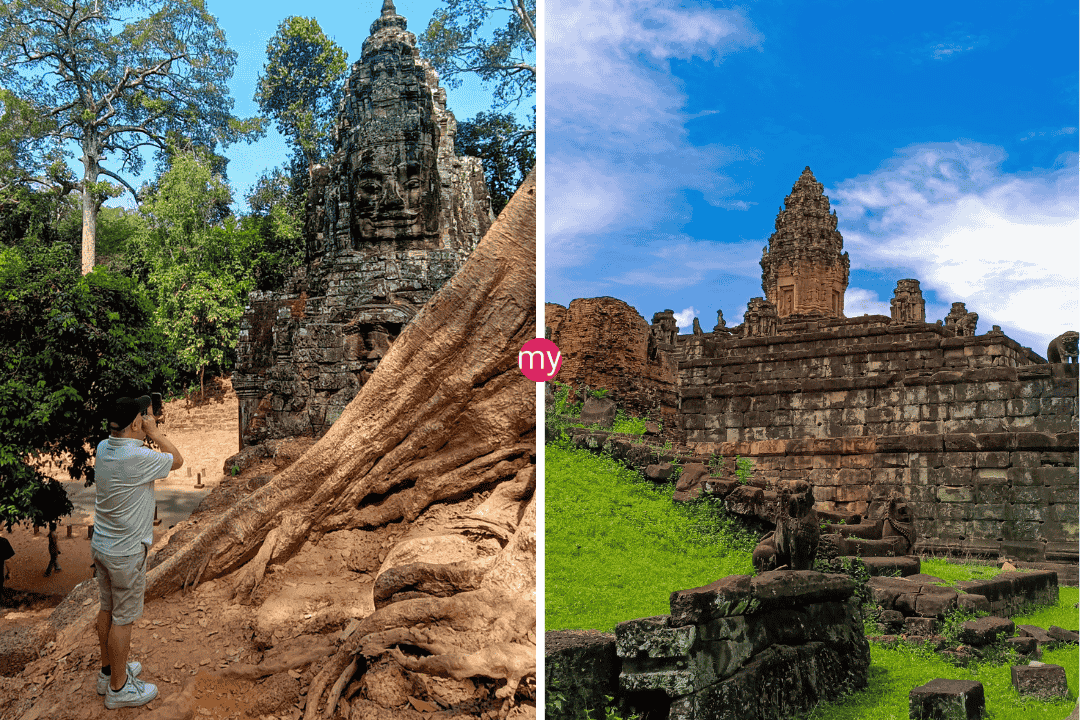
![Break one of these Angkor Temples Special Rules and your visit could end faster than you think [Plus Complete Opening Hours and Access Guide]](https://mysiemreaptours.com/wp-content/uploads/2025/09/Break-one-of-these-Angkor-Temples-Special-Rules-and-your-visit-could-end-faster-than-you-think-Plus-Complete-Opening-Hours-and-Access-Guide.png)